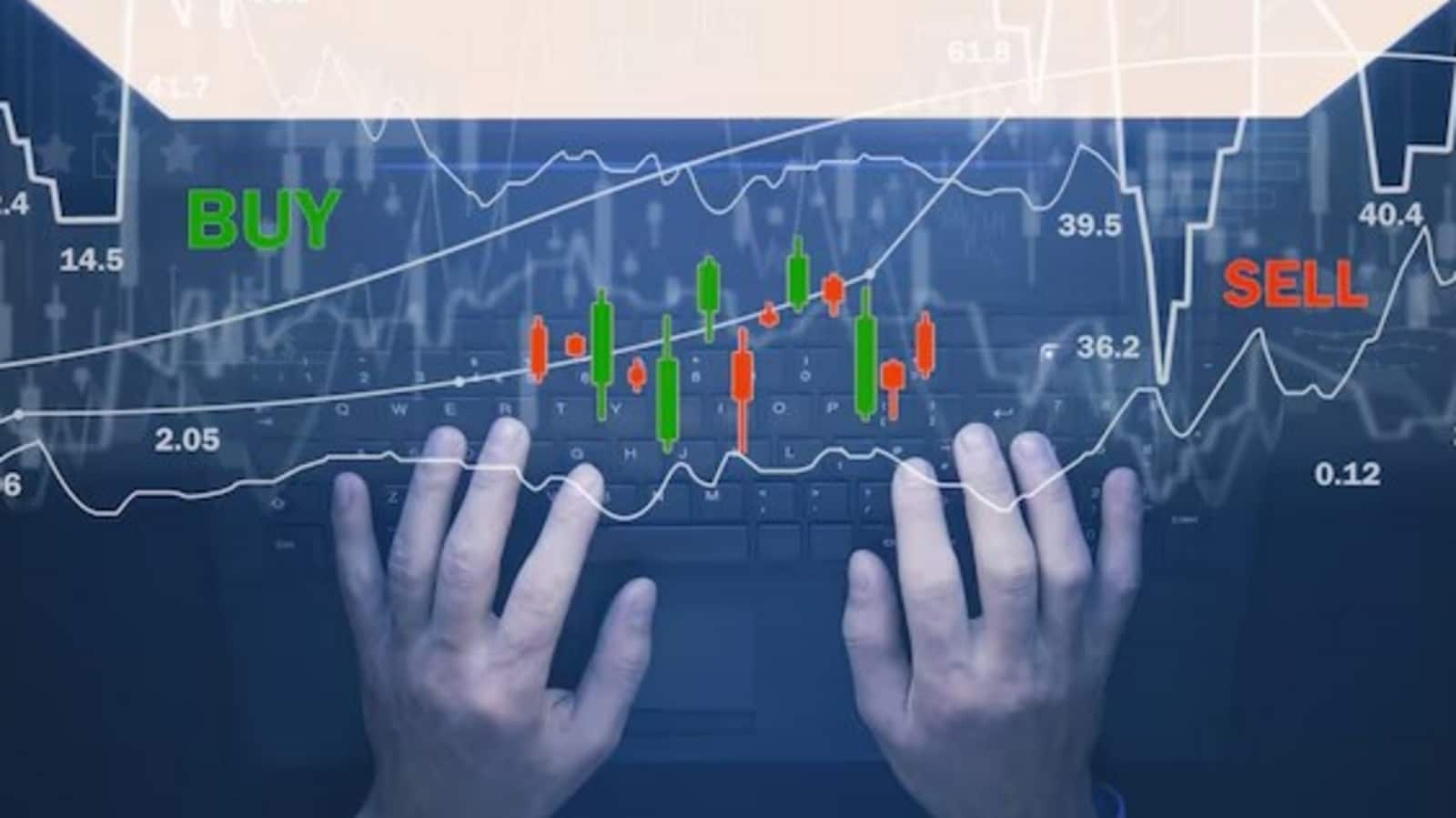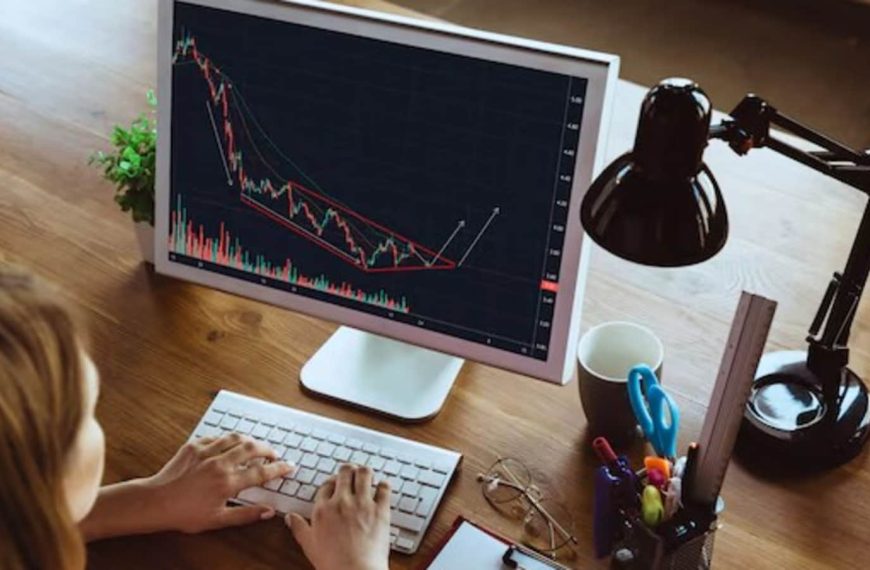The global demand for gold is experiencing a remarkable surge, prompting the central bank of China to adjust its quotas for physical bullion imports. This strategic move, revealed by anonymous sources, aims to cater to an escalating appetite for gold amidst rising geopolitical tensions. Since the end of 2022, gold prices have skyrocketed, effectively doubling, as more investors flock to this safe-haven asset.
Increased Quotas and Market Dynamics
In a bid to satisfy the heightened demand, the People’s Bank of China has allocated additional quotas for gold imports. This decision is a routine measure aligned with requests from commercial banks, emphasizing the bank’s role in managing the country’s financial landscape. However, insiders clarify that this adjustment should not be interpreted as a commentary on market prices or indicative of central bank purchases.
- Geopolitical Uncertainty: Ongoing trade tensions have fueled interest in gold, leading to record prices over the past few months.
- Investor Behavior: Retail investor activity has significantly driven inflows to onshore gold-backed ETFs, marking a notable trend.
Gold Prices Reach New Heights
Gold saw a remarkable surge of 6.6% last week, reaching an impressive $3,245.75 per ounce on Monday. Analysts are optimistic, with Goldman Sachs Group Inc. projecting that gold could escalate to $4,000 by mid-2026. This bullish outlook reflects the ongoing shifts in the global economy and investor sentiment towards precious metals.
Driving Factors Behind Demand
The escalating demand for gold is not only due to geopolitical factors but also influenced by a pilot program that permits insurance funds to invest in gold. This initiative supports efforts to optimize asset allocations, further reinforcing the metal’s status as a must-have investment.
In summary, the recent adjustments in gold import quotas by the People’s Bank of China highlight the central bank’s proactive approach to meet soaring market demands. As gold prices continue to break records, investors are closely monitoring these developments, which may shape the future of bullion trading in one of the world’s largest markets.









